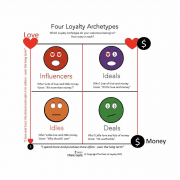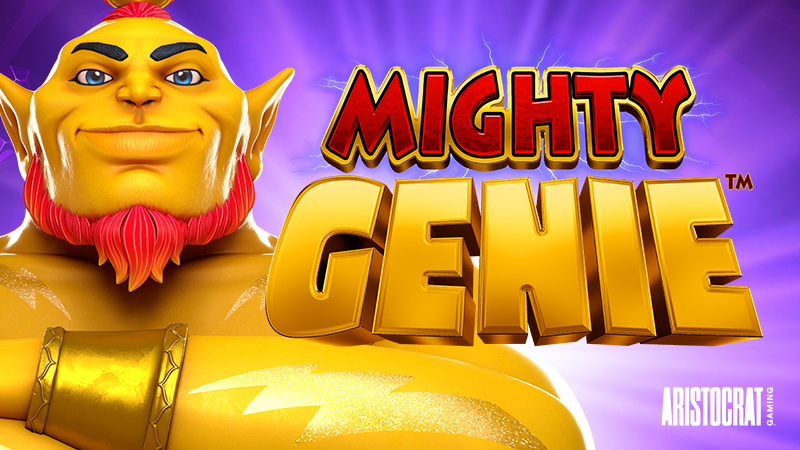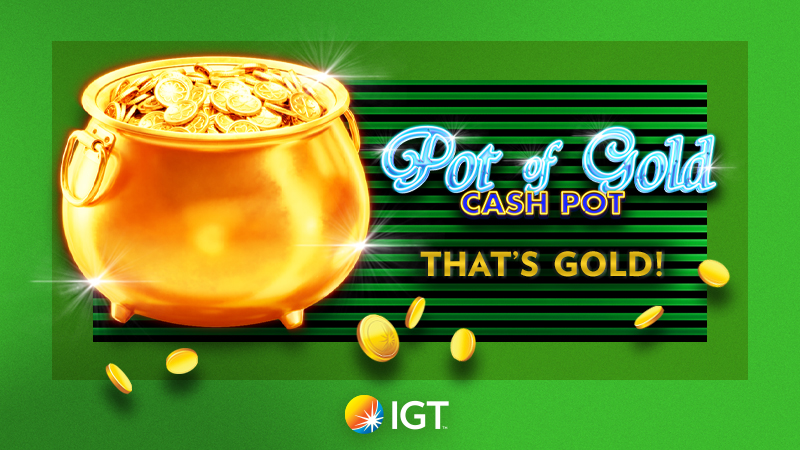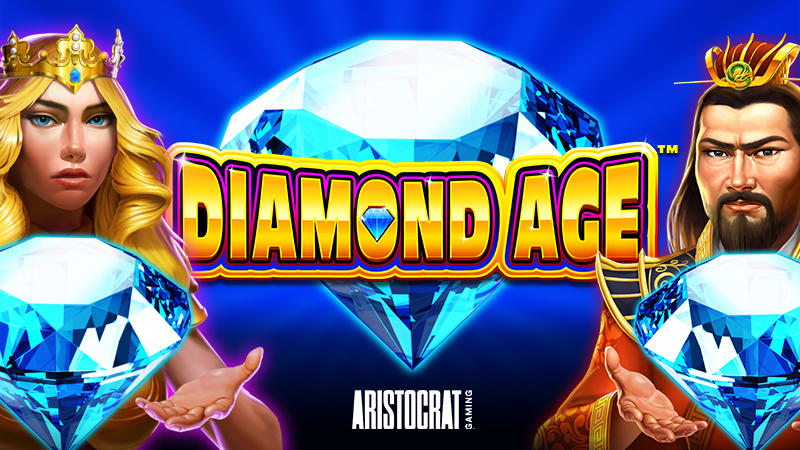GET YOUR GAMING MARKETING ORGANISED FOR 2017
As we’re about to start a new year, here’s a reminder of three key areas that can greatly impact your bottom line in 2017.
-
Set Up Your 2017 Marketing Calendar
Without a marketing calendar, a lot of your efforts may be disorganised and uncoordinated. A calendar will help you keep on track and stay focused. I’ve found that throughout the year, the day-to-day issues can get overwhelming and you can end up spending a lot of time putting out bushfires rather than working on your main objectives and strategies. A comprehensive calendar can help you stay on track.
Make sure to include all promotions, special events, direct mail, and advertising (print, digital, social or otherwise). It is essential to have these coordinated. Each of these is interlinked (or should be), and in order to keep organised, your marketing calendar is imperative. I have used several different versions of a marketing calendar. For me, a two-pronged approach works best:
- A master spreadsheet for the full year that incorporates all aspects of marketing and is kept in a file online that everyone has access to. I have used this to also keep those departments outside of Marketing in the loop.
- I’m a visual person, so also having a three-month whiteboard (or giant post-it paper) on a wall where I see it every day helps keep me on track.
-
Review All 2016 Promotions, Events, Programs
The New Year is always a great time to review and re-evaluate all promotions, programs, and special events. What worked? What didn’t? What is the feedback from frontline employees and members?
How are your standard promotions performing? You need to continue to give attention and monitor these types of promotions regularly. It is easy to neglect these types of promotions because so many are system-run, hence, why we call them “set it and forget it” promotions. Sometimes, making the slightest “tweak” will deliver a much better result and make the promotion a little fresher for your members and guests.
I’ve always found it helpful to define each promotion, special event or program from the beginning, using the four key strategies for Player Development: Acquisition, Retention, Growth and Reactivation.
By defining the goal, you will be able to clarify the purpose of a promotion and help make the evaluation process much more focused. Once everyone is on the same page as to the purpose or goal, it is much easier to evaluate and determine opportunities for improvement or success.
Too many times a promotion is created without an intended purpose other than to “be successful and make money”, or worse, “because we’ve always had one at that time.” Whilst being successful and making money are valid desires, your purpose needs to be more refined with a specific target or targets, that can be measured. Do you want to increase spend, visitation, time on machine and by how much do you want to increase spend? Make sure you define exactly what you hope to achieve, and how you are going to measure it, with each promotion.
-
Perform a Player List and Rewards Review
Player trends can fluctuate for many reasons: players move, some may have a change in personal or financial circumstances, and sadly, some pass on. There are many reasons a member’s gambling habits may change. In the cases where the customer service or gaming host can help (fixing an unpleasant experience and reactivating that player), they should.
But in the cases where they can’t, it is important to only keep those members in your program who actively meet the required criteria. Rewards programs need to regularly review their tiered lists and determine who is not performing as expected. If you keep adding players to your top tiers, it will just become too large and ineffective, not to mention very costly. So, uncomfortable as it may be, a regular purge is necessary.
I’m a big advocate of “virtual tiers” whereby players are rewarded for their behaviour in a predetermined period, rather than by expectation of what they get if they are in a specific tier. Demoting members from predetermined tiers is never very pleasant – but virtual tiers overcome that issue.
Having virtual tiers does not mean that the members whose play may have changed will be ignored or told, “I’m sorry, you can’t have that offer or reward anymore.” It simply means that they will be sent different offers based on their current behaviours or in some cases, they won’t be actively marketed to during that period. They can still earn and redeem points with whatever system you have – but any additional offers and privileges are sent to them on a monthly or bi-monthly basis.
Having clear criteria for servicing these important gamers is important. Set up your offers for each “virtual tier” based on ADT (average daily theoretical) or turnover per visit and number of trips per month. The goal is that you end up with a manageable list of most valuable players who can be rewarded accordingly for their behaviours and you can measure the ROI of each offer.
Article by Linda Joannides, The Drop












